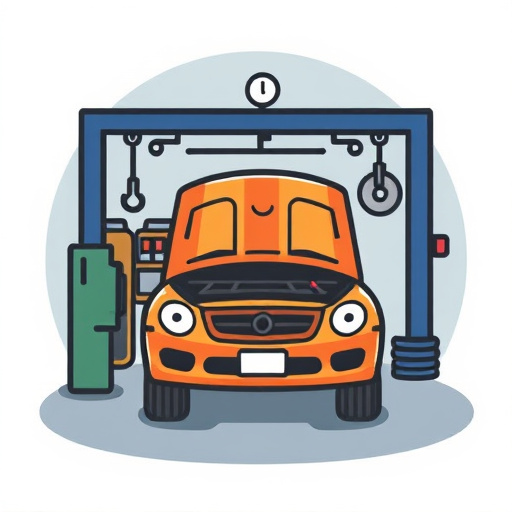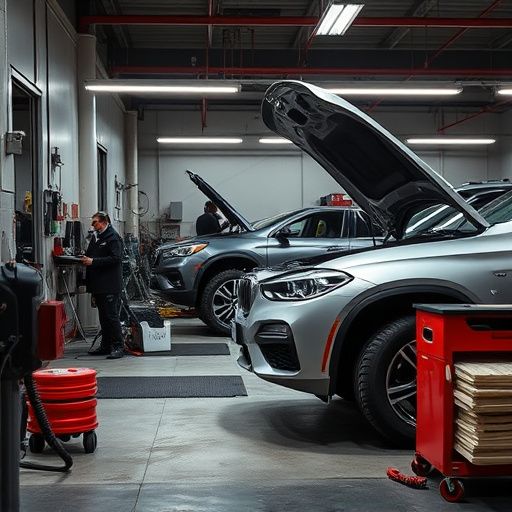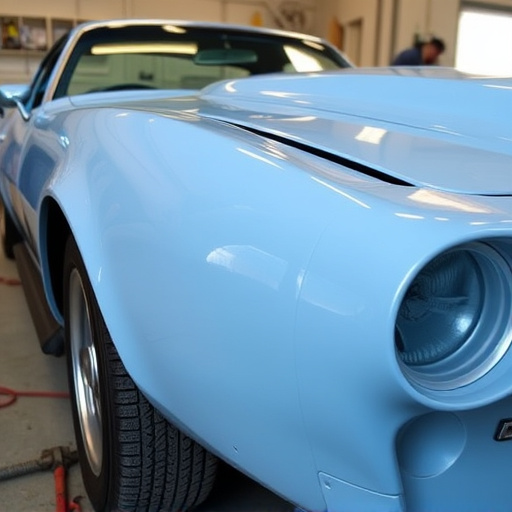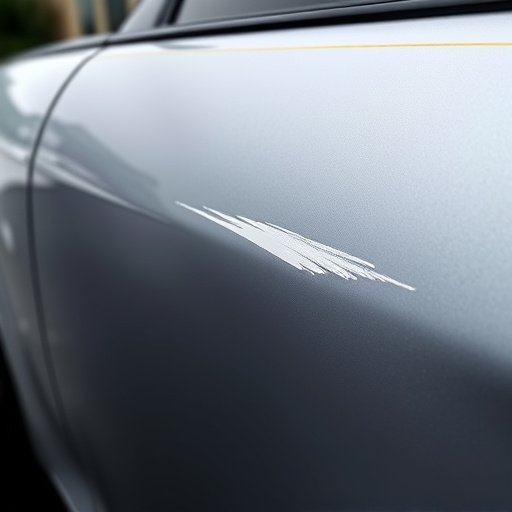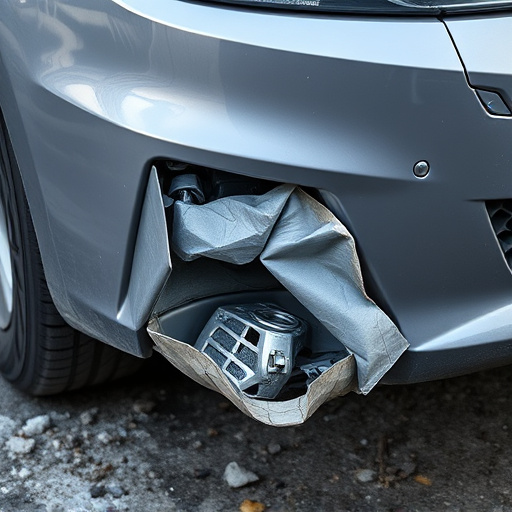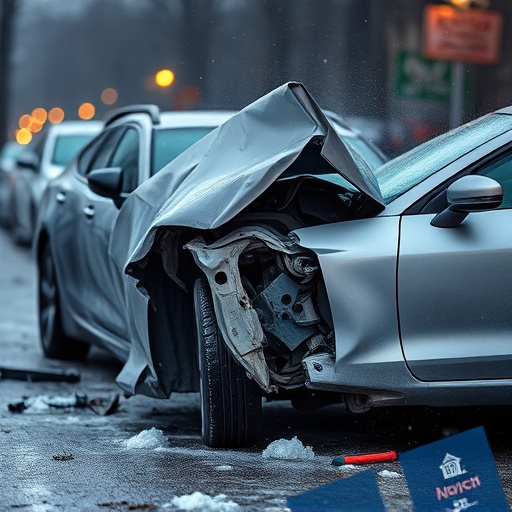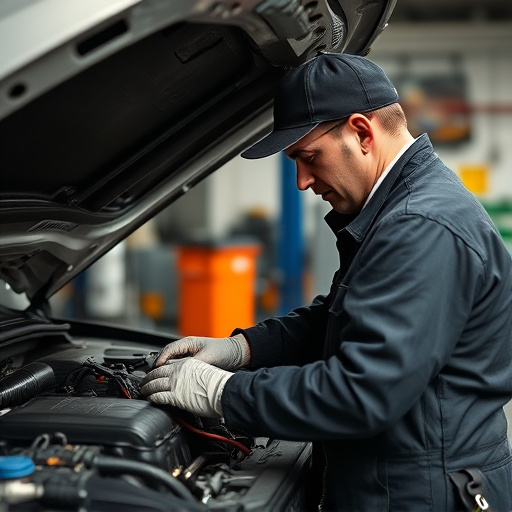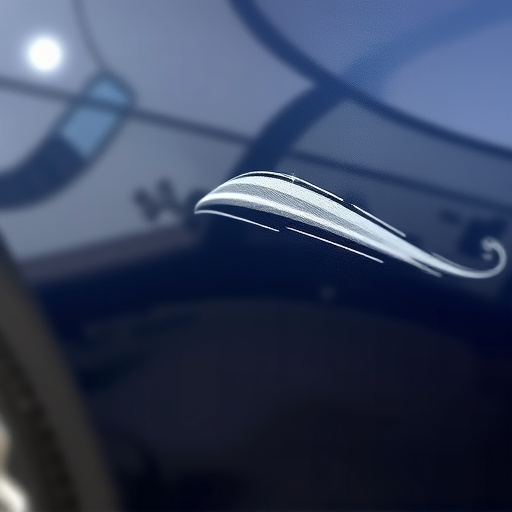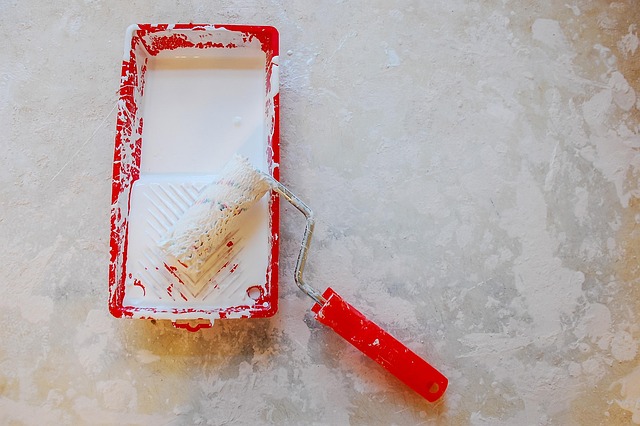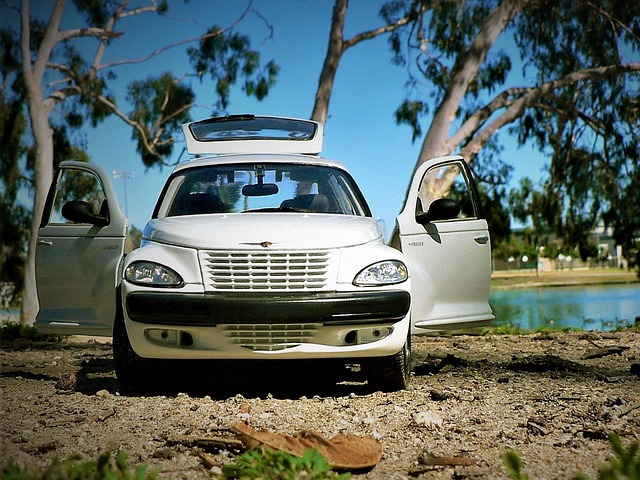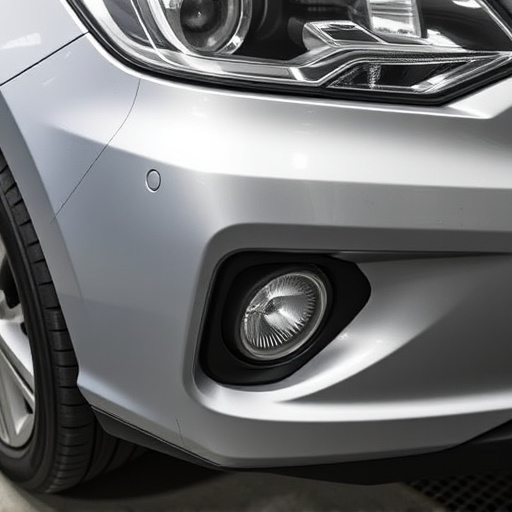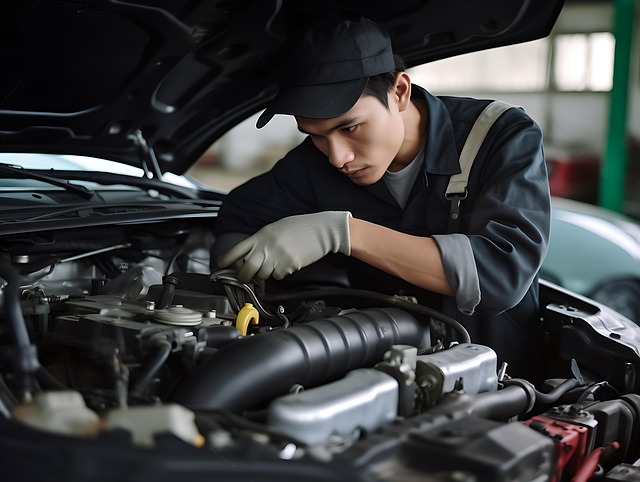Water-based auto paint offers an eco-friendly and efficient alternative to traditional oil-based paints in the automotive industry. Its safety benefits, fast drying time, and versatility make it suitable for both professional shops and DIY enthusiasts for minor dents, scratches, and cosmetic repairs. Proper preparation, including cleaning, sanding, and priming, is crucial for achieving a smooth finish when refinishing with water-based auto paint.
“Uncover the transformative power of water-based auto paint—a revolutionary option for car refinishing. This eco-friendly alternative offers numerous benefits, from reduced VOCs to easier application and faster drying times. Learn when it’s the ideal time to embrace this technology, exploring signs your current finish needs refreshing and how water-based paint can provide a durable, vibrant new layer. Discover a step-by-step guide to ensure a successful refinishing job.”
- Understanding Water-Based Auto Paint: Its Benefits
- When Is the Right Time to Refinish with Water-Based Paint?
- Step-by-Step Guide: Refinishing Using Water-Based Auto Paint
Understanding Water-Based Auto Paint: Its Benefits
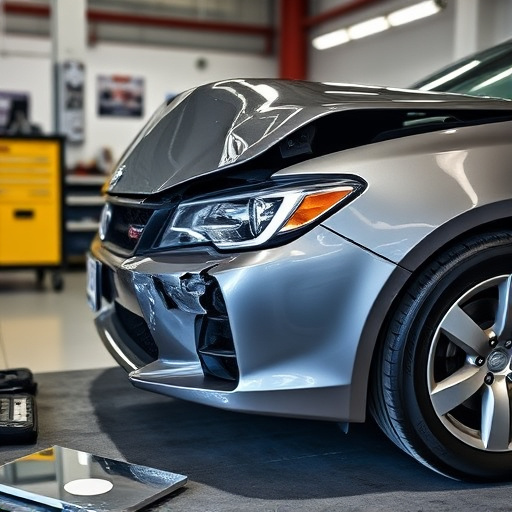
Water-based auto paint is a revolutionary advancement in the automotive industry, offering numerous benefits for both professional body shop services and DIY enthusiasts. Unlike traditional oil-based paints, water-based auto paint is eco-friendly and easy to work with. It produces less harmful fumes, making it a safer option for workers and the environment during application and curing processes. This type of paint also dries faster, reducing the time needed for each step in the painting process, ultimately streamlining car repairs at auto collision centers and body shop services.
Moreover, water-based auto paint is highly versatile, adhering to various surfaces including metal, plastic, and even some types of composite materials. Its ability to create a smooth finish with minimal orange peel effect makes it appealing for both interior and exterior vehicle painting jobs. Additionally, this paint is known for its excellent coverage, allowing for less wasted product and cost savings in the long run, making it a preferred choice for tire services and auto collision centers looking to enhance their offerings while contributing to a greener future.
When Is the Right Time to Refinish with Water-Based Paint?
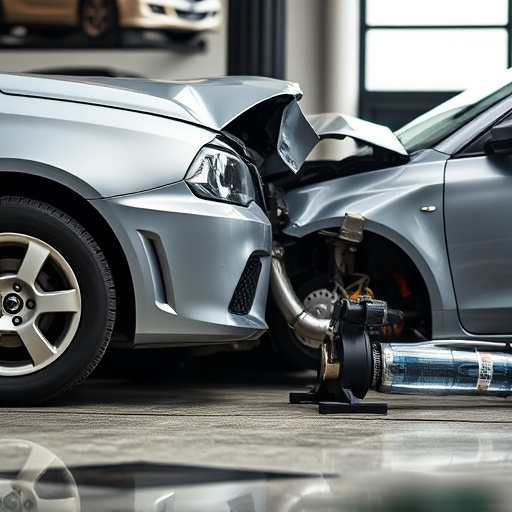
The decision to refinish a vehicle with water-based auto paint depends on several factors specific to its condition and history. Generally, this eco-friendly option is ideal when the existing finish is intact but has started to show signs of wear, fading, or chipping. Water-based paints are particularly suited for vehicles that have undergone minor dents, scratches, or simple cosmetic repairs.
For instance, if your vehicle has been in a minor collision, like a fender bender, and the damage is confined to one area, refinishing with water-based paint could be an excellent choice. This method allows for precise repairs without the need for extensive sanding or harsh chemicals, making it a popular option at automotive body shops, even for high-end models like Mercedes Benz collision repair. Regular maintenance and timely refinishing using suitable paints can ensure your vehicle retains its original beauty and value, especially if it’s well-cared for in a vehicle repair setting.
Step-by-Step Guide: Refinishing Using Water-Based Auto Paint
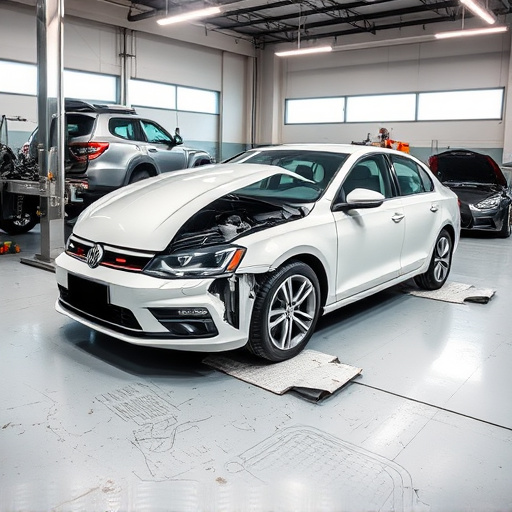
Refinishing a car with water-based auto paint is a precise process that, when done right, can transform a vehicle’s appearance. Start by preparing the car body shop area, ensuring proper ventilation and wearing protective gear, including gloves, safety goggles, and a respirator mask. Next, thoroughly clean and decontaminate the collision damage repair surface to remove any dirt, grease, or existing paint impurities.
Using a fine-grit sandpaper, gently sand the car body shop area to create a smooth base. This step is crucial for achieving a seamless finish. After sanding, wipe down the surface with a damp cloth and allow it to dry completely. Apply an appropriate primer designed for water-based paints, letting it cure as per the manufacturer’s instructions. Once primed, use high-quality brushes or a sprayer to evenly apply the water-based auto paint, following the recommended drying times between coats.
Water-based auto paint offers a sustainable and environmentally friendly alternative to traditional automotive finishes. Its benefits include reduced VOC emissions, easier cleanup, and faster drying times. Refinishing with water-based paint is ideal for minor scratches, swirls, or oxidation, providing an effective and cost-efficient solution. By following the step-by-step guide outlined in this article, you can achieve a professional-looking finish that not only restores your vehicle’s appearance but also contributes to a greener future.

